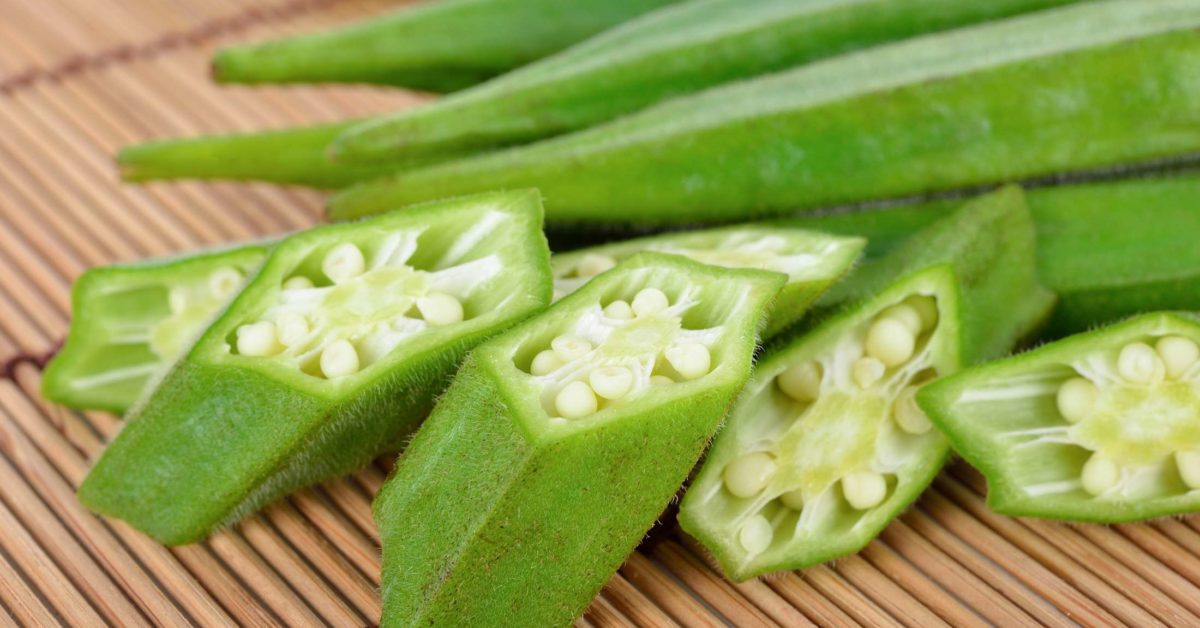


This gooey aspect of the pods actually provides some really incredible benefits, especially those related to prevention of diabetes (more on that later). That mucilage or “slime” inside of the pods consists of exopolysacharrides and glycoproteins. This plant is native native to Africa and the tropics of the Eastern Hemisphere. Okra ( Abelmoschus esculentus) is a hairy plant that belongs to the mallow family ( Malvaceae). Let’s start off with the most basic question: What is okra? No matter how you enjoy it most, it’s a good source of fiber, B vitamins, magnesium, folate and more.

Okra has many interesting uses and is known to be an economically important vegetable crop because its fresh leaves, buds, flowers, pods, stems and seeds all have value. It can be used in salads, stews, fresh or dried, and fried or boiled. The plant itself resembles the cotton plant, but it has much larger and rougher leaves and a thicker stem. The whole plant has an aromatic smell resembling that of cloves. When we think of okra we usually think of Southern cooking, including cajun and creole cuisine, but did you know that this veggie also has numerous nutrition benefits too?Ĭonsidered an edible ornamental flowering hibiscus, okra is an annual, erect herb with stems that contain stiff hairs. Okra, both a common pod vegetable and nightshade vegetable (but it’s actually a fruit!), is also called “gumbo” in the U.S.


 0 kommentar(er)
0 kommentar(er)
